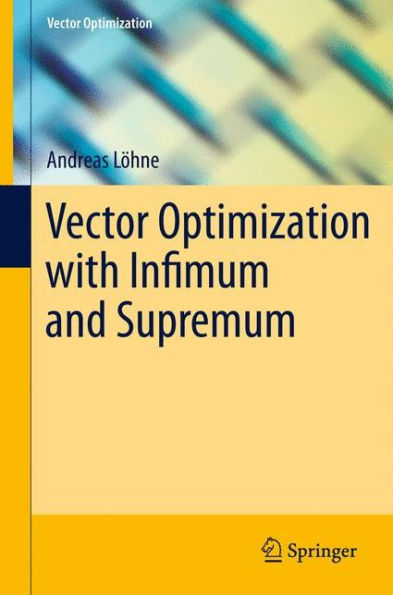Vector Optimization with Infimum and Supremum
The theory of Vector Optimization is developed by a systematic usage of infimum and supremum. In order to get existence and appropriate properties of the infimum, the image space of the vector optimization problem is embedded into a larger space, which is a subset of the power set, in fact, the space of self-infimal sets. Based on this idea we establish solution concepts, existence and duality results and algorithms for the linear case. The main advantage of this approach is the high degree of analogy to corresponding results of Scalar Optimization. The concepts and results are used to explain and to improve practically relevant algorithms for linear vector optimization problems.
1128876032
Vector Optimization with Infimum and Supremum
The theory of Vector Optimization is developed by a systematic usage of infimum and supremum. In order to get existence and appropriate properties of the infimum, the image space of the vector optimization problem is embedded into a larger space, which is a subset of the power set, in fact, the space of self-infimal sets. Based on this idea we establish solution concepts, existence and duality results and algorithms for the linear case. The main advantage of this approach is the high degree of analogy to corresponding results of Scalar Optimization. The concepts and results are used to explain and to improve practically relevant algorithms for linear vector optimization problems.
119.99
In Stock
5
1

Vector Optimization with Infimum and Supremum
206
Vector Optimization with Infimum and Supremum
206Paperback(2011)
$119.99
119.99
In Stock

Product Details
| ISBN-13: | 9783642268410 |
|---|---|
| Publisher: | Springer Berlin Heidelberg |
| Publication date: | 07/14/2013 |
| Series: | Vector Optimization |
| Edition description: | 2011 |
| Pages: | 206 |
| Product dimensions: | 6.10(w) x 9.25(h) x 0.02(d) |
From the B&N Reads Blog
